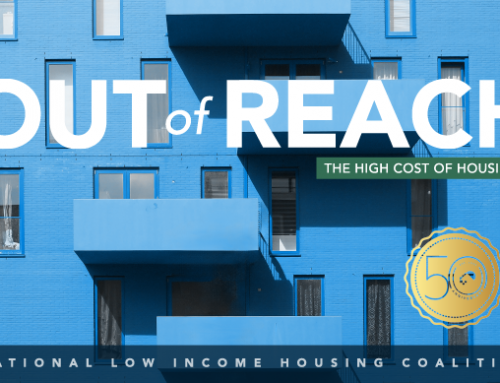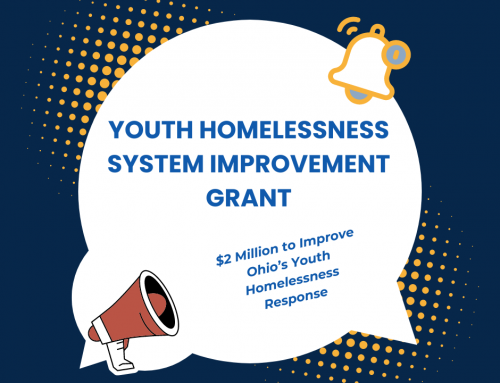Housing advocates urged state and federal policymakers Tuesday to take more aggressive action to reduce the shortage of 256,875 rental units that are affordable and available to extremely low-income Ohioans.
The Gap report jointly released by the Coalition on Homelessness and Housing in Ohio and the National Low Income Housing Coalition reveals a severe lack of housing for people working in low-wage jobs. In Ohio, there are only 44 rental units affordable and available for every 100 extremely low-income households.
“This report shows that Ohio has a severe shortage of affordable housing, especially in communities where rents are rapidly increasing,” said COHHIO Executive Director Bill Faith. “It also shows that this issue is even worse in other states. But that doesn’t mean Ohio is off the hook. It means we need to take action now to close the affordable housing gap before the problem becomes completely unmanageable.”
Rents have increased for decades, while incomes have largely remained stagnant for people working in low-wage jobs. Only three of the 10 most common jobs in Ohio pay enough to afford a modest two-bedroom apartment. Nearly 400,000 households in Ohio spend over half their income on rent, which leaves very little left for food, transportation, healthcare, childcare, education, and other necessities.
Beth Fetzer-Rice, executive director of The Homeless Families Foundation, said an accident or unforeseen expense often pushes low-income families into homelessness.
“Every day we see working poor families caught in a vicious cycle – fired for missing work to stay home with a sick child or because their car breaks down, unable to pay rent, evicted, doubled up with another family until they have no other choice then to enter the shelter,” Fetzer-Rice said. “Once a family loses their home, it’s much harder for them to find work and housing, get healthy, stay in school, and get back on their feet.”
While Columbus, Cincinnati and Cleveland are experiencing a construction boom of luxury apartment developments, the private market is not producing any additional rental units that are affordable for the lowest income Ohioans.
“The market just doesn’t work for low-income tenants because the rents they can afford to pay don’t come close to covering the cost of developing or operating rental housing,” said Mary Burke Rivers, executive director of Over-the-Rhine Community Housing. “Public support is essential for reducing the gap between high rents and low incomes.”
Carlie Boos, executive director of the Affordable Housing Alliance of Central Ohio, said local officials support a plan to cut the shortage of affordable homes in half by creating more units, helping low-income homeowners repair their homes, and investing in time-limited rental assistance.
“The City of Columbus and Franklin County are stepping up to the plate, but this problem is too big for local governments to solve alone,” Boos said. “Columbus – and communities throughout Ohio – needs strong partners in the state and federal governments to ensure everyone has a place to call home.”
Housing advocates are calling on state and federal policymakers to act with a sense of urgency and take concrete steps to reduce the affordable housing gap on several fronts:
- Significantly increase funding for federal affordable housing and homelessness programs;
- Enact Sen. Rob Portman’s (R-Ohio) Eviction Crisis Act to provide emergency assistance to families on the verge of losing their homes;
- Expand the Ohio Housing Trust Fund, the primary source of state funding for local homeless and affordable housing programs;
- Create a state version of the Low Income Housing Tax Credit program to leverage additional federal bond funding to create an estimated 1,200 affordable units each year.









